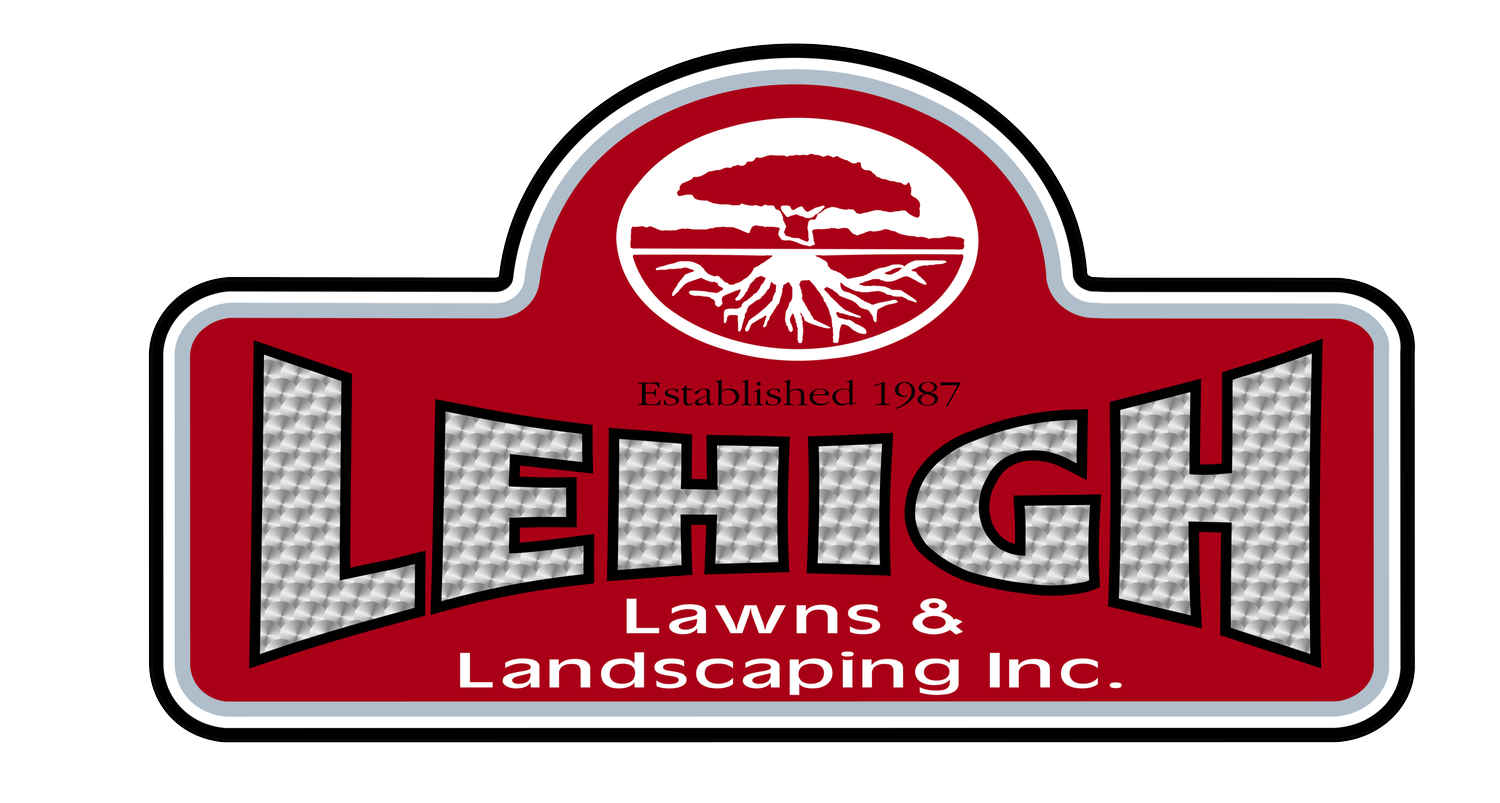Winter Fertilization: Is it necessary?
Spring is widely known to be the time best suited to fertilizing plants, promoting the new growth of seedlings and providing nutrients when plants are most active in their processes. However, not all plants abide by the same schedule. Here we’ll take a look at some exceptions to this rule and whether or not winter fertilization can benefit your Lagrangeville, NY landscape.
Grass
Although grass does not become dormant in winter, its growth does slow down dramatically. This means that although it consumes less nutrients than other times of year, it is still drawing food from the soil to remain healthy and get through the winter. Of course, fertilizing when the ground is covered in snow is impractical due to a number of reasons. This is why we recommend a late season winterizing fertilization. Winterizing fertilizer comes in the form of slowly dissolving granules that gradually release nutrients throughout winter so that your lawn is constantly supplied with ample food. An application of late season fertilizer not only feeds your lawn throughout the cold season, but also gives it additional cold hardiness by supplying it with higher than usual amounts of potassium. Among other benefits, potassium promotes the growth of thicker, stronger cell walls, allowing blades of grass to withstand more cold-related stress. Small amounts of nitrogen and phosphorous, allow for leaf and root growth, ensure that your lawn springs back to full glory when the weather warms once again.
Winter Fertilization: Is it necessary in Lagrangeville, NY?
Vegetables
The period before winter’s first frost is a time in which many vegetables thrive. Onions, peas and spinach are just a few of early winter’s yields. Vegetables can benefit greatly from consistent fertilization throughout their growing period. This ensures good health and big, tasty produce. Certain veggies, such as parsnips and turnips are actually improved by a snowfall by becoming sweeter due to an increase in sugar energy stores. To keep these growing optimally a slow release fertilizer can be used before the first frost.
Flowering plants
Much like vegetables that grow over the winter, winter flowering plants require fertilization to encourage growth during their fruition periods. In order to benefit from fertilization, plants should be well established, lest the fertilization formula shock the fragile seedling. Once again the application of fertilization to soil that is hard with frost, covered in snow or just suffering from winter dryness, is not optimal. Instead fertilization for winter flowering shrubs should be done pre-frost with a slow release formula. Let us take care of your winter fertilization needs to ensure a colorful landscape throughout the winter.
Trees
To determine the need of your trees for fertilization, our certified arborists can be consulted. Established trees generally only require fertilization every couple years, but this is dependent on the species and soil conditions. This may take place at any time throughout the year, but if necessary, a slow release winter formula can be used. Trees that become dormant over winter are better left until the spring, but as with grass, an evergreen tree continues to require nutrients all year round (although growth is somewhat slowed during the colder months.) It’s worth remembering that proper tree care shouldn’t stop over the winter. To ensure optimal tree health, and prevent winter damage, an arborist should be consulted regularly.


